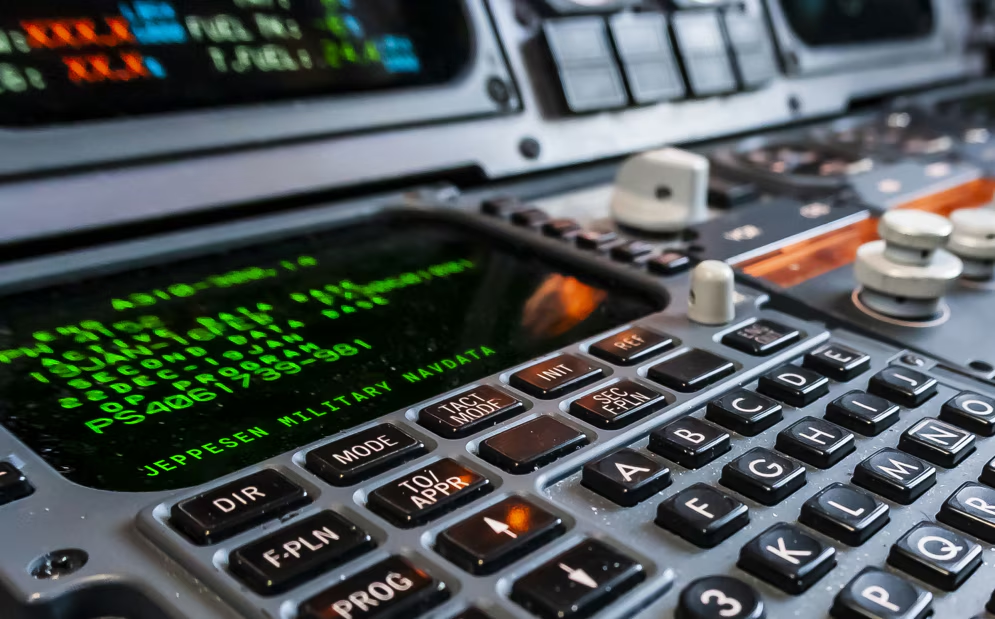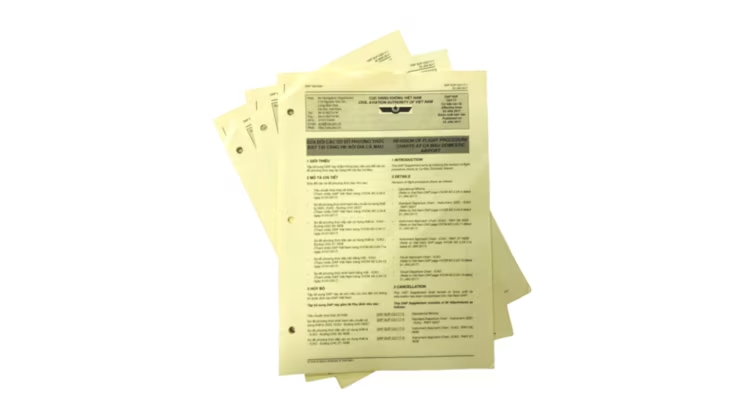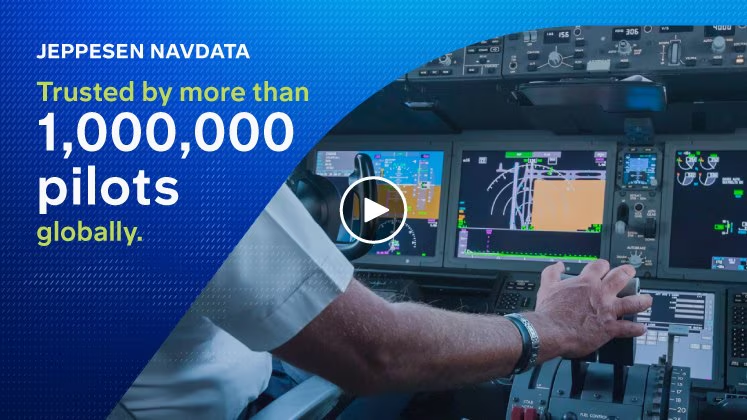How more than half a million data changes get to your front panel every year
Ever wonder how all that navigation data gets into the avionics in your aircraft?
Pilots and planners punch in flight plans, enter routes, and select alternate airports, but probably don’t give much thought to what went into getting all those ones and zeros front and center on the flight deck. Aeronautical data is certainly not the most exciting part of piloting an aircraft at incredible speeds high above the earth, but it suddenly becomes your lifeline when you’re in the soup with low fuel and need to divert to an alternate airport. Nothing is more important than trusting the data in the box. So how can you trust the data is accurate? Who are all the people behind this?





